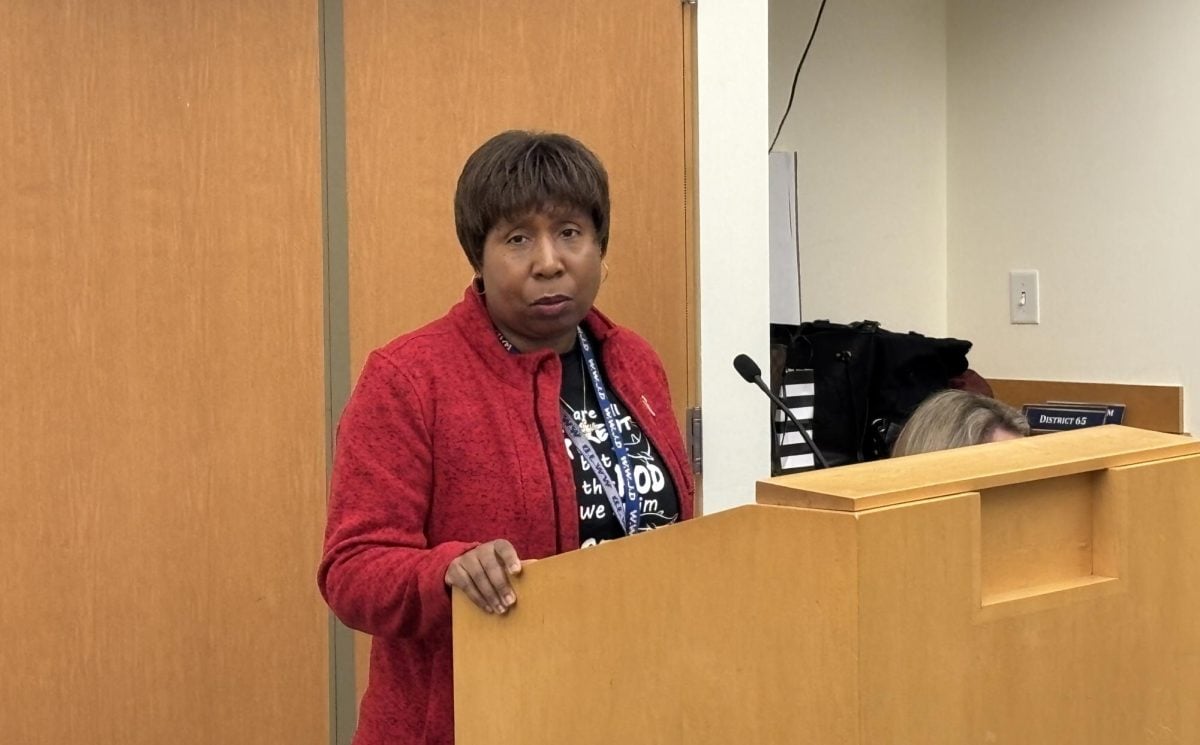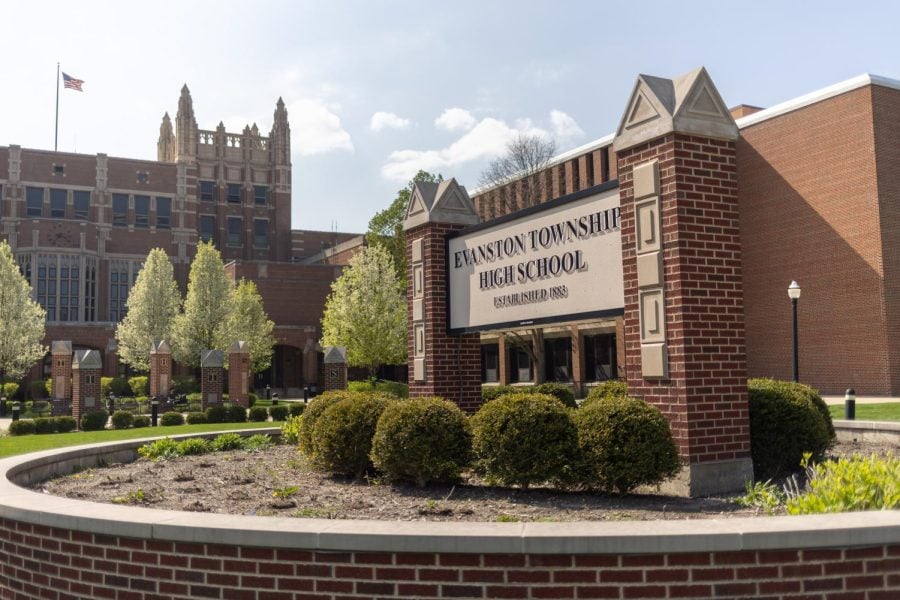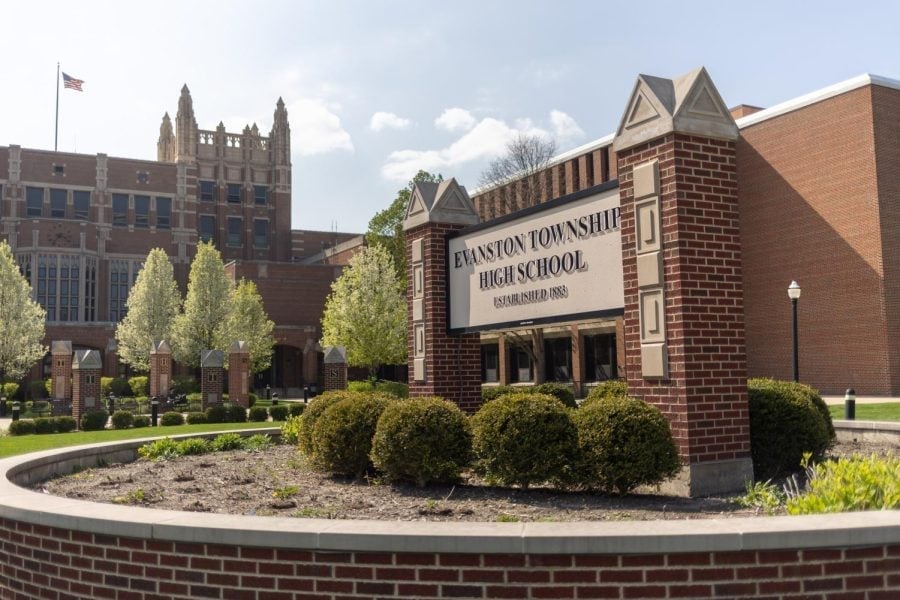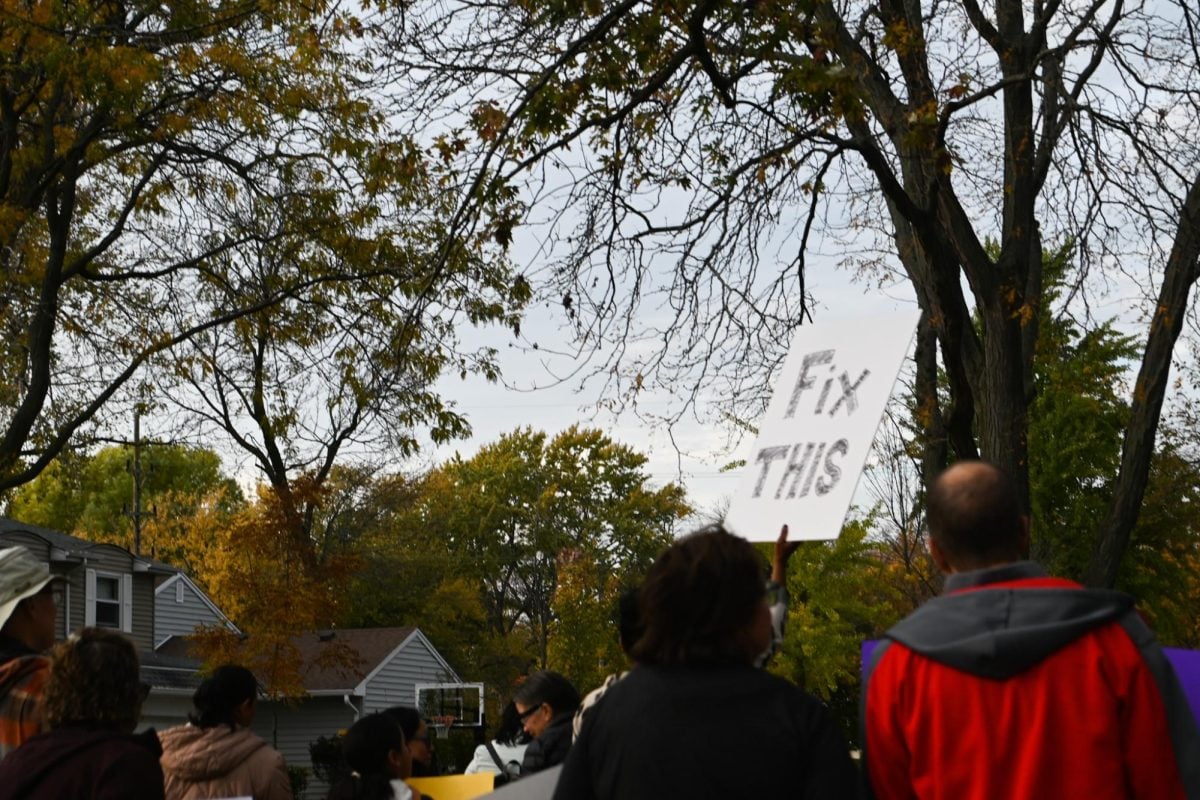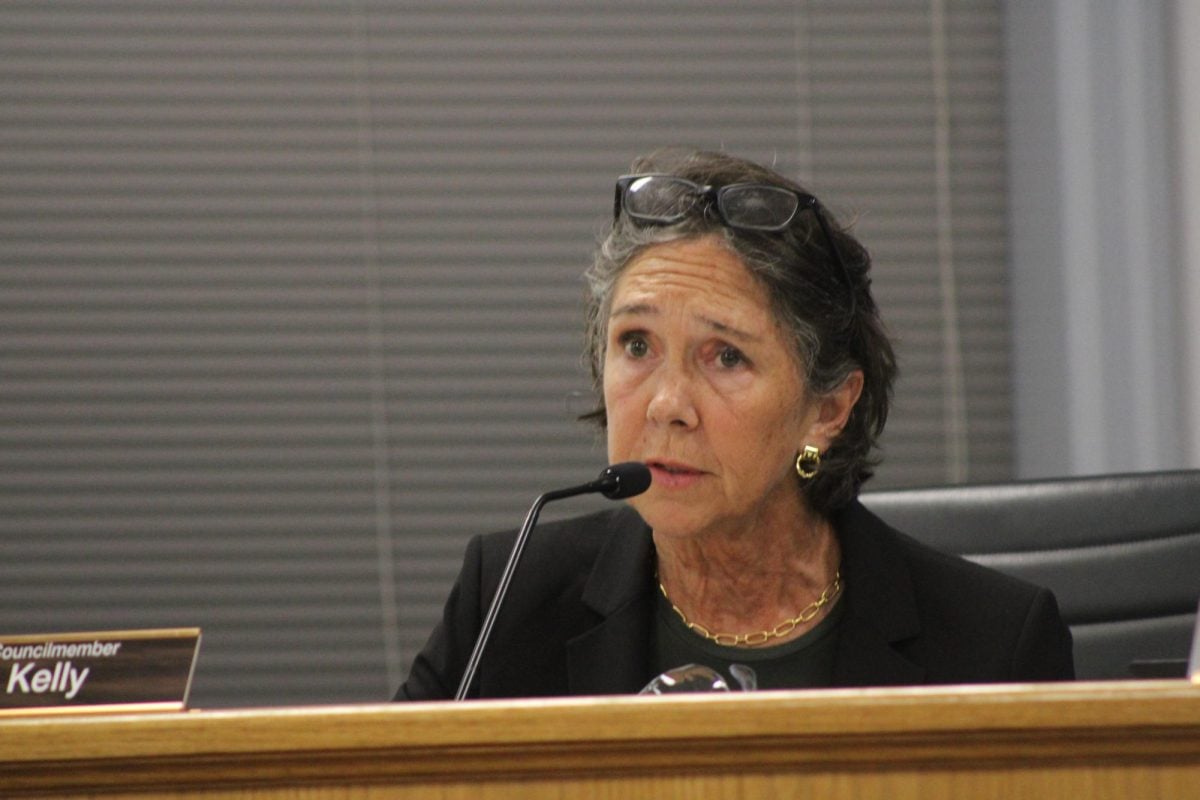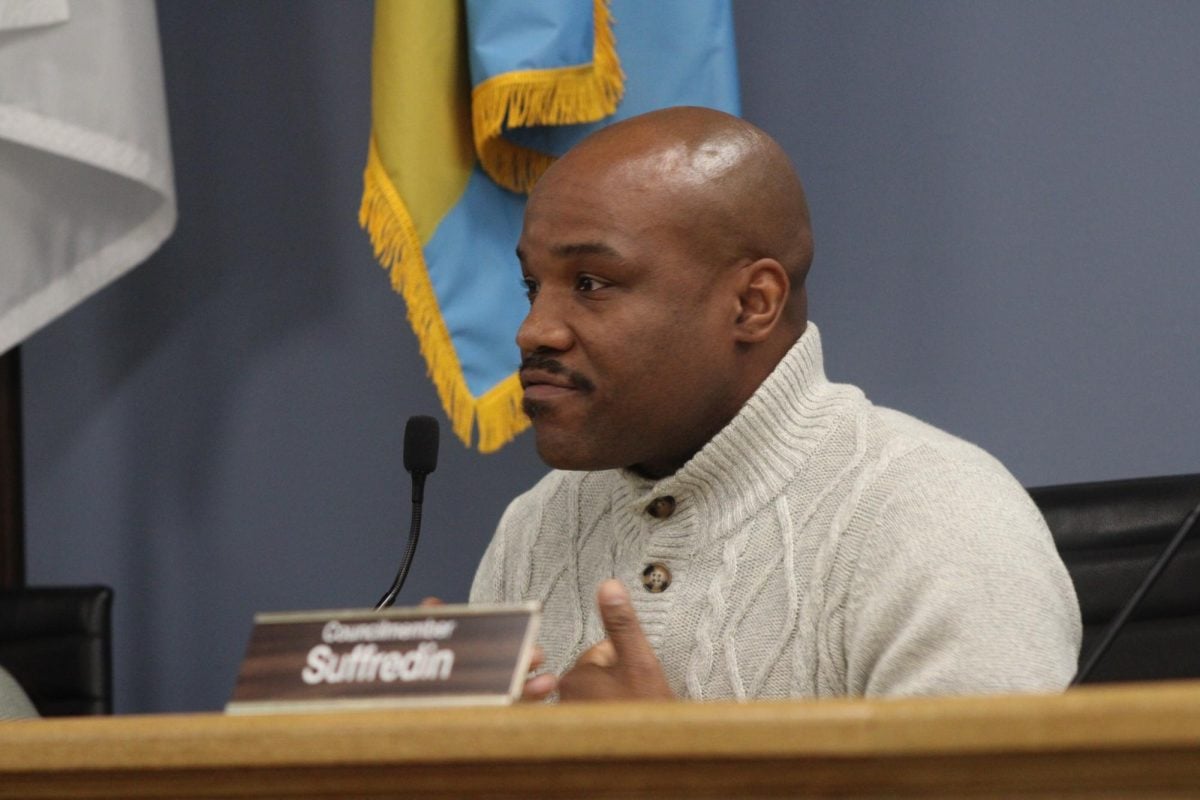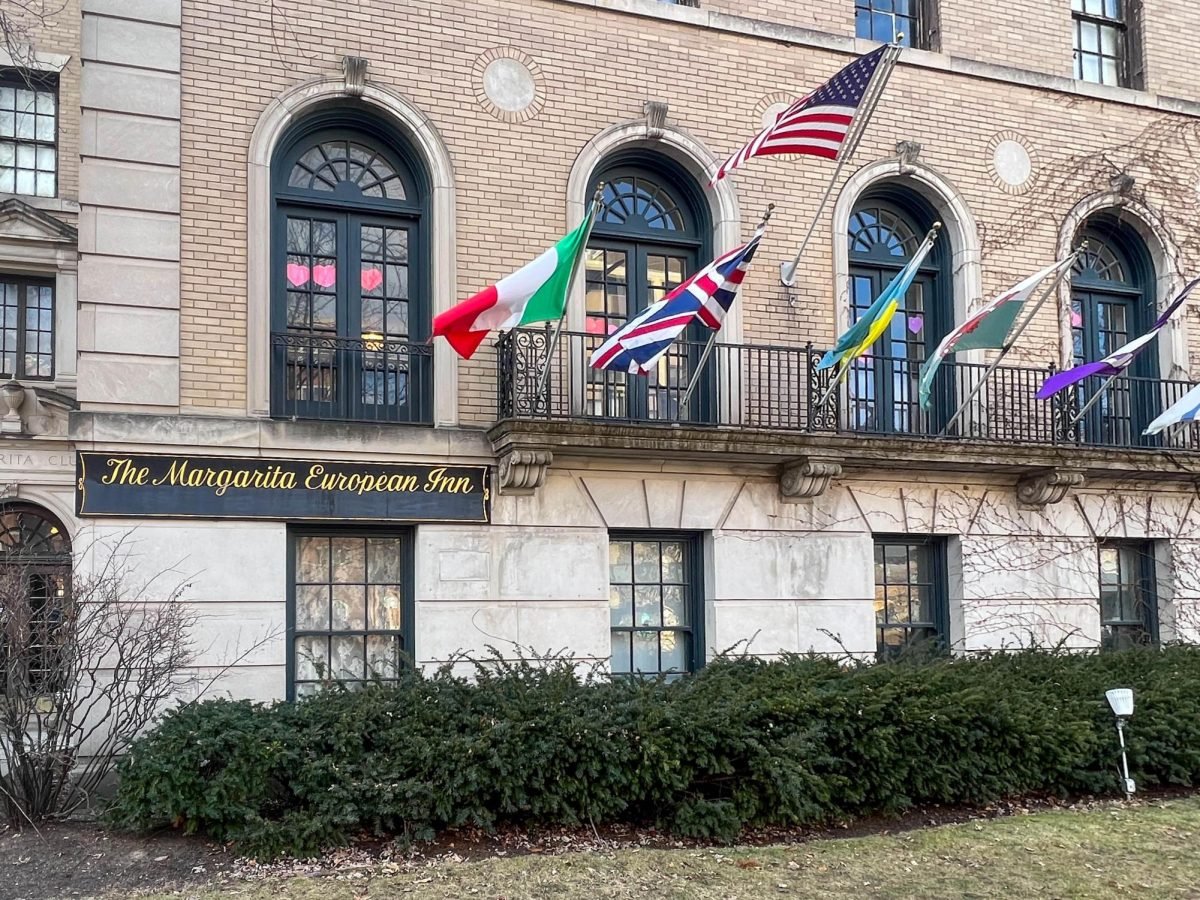The Evanston-Skokie District 65 school board approved major renovations last week for two middle schools, months after the March referendum to build a new school in the 5th Ward to address overcrowding problems in the district failed.
“The board authorized the issuance of $3 million in debt certificates as a low-interest, short-term funding option for the Haven and Nichols projects,” according to the summary of the meeting posted online.
In addition to an increased number of classrooms, Haven Middle School was granted funding for a more secure entry system, a new corridor and exit, a new main office area, an expansion of the student cafeteria with air conditioning and a conversion of current main office areas into classrooms.
Nichols Middle School was given funding to increase the number of classrooms, expand the student cafeteria with air conditioning, renovate the library, create a more secure entry system and a three-story stairway, remodel the main office and install a new electrical service for the building.
D65 spokeswoman Pat Markham said the board pushed for secure entrances for both middle schools because even though the schools have buzzer systems and cameras on the front doors, they are not up to modern standards. Many D65 buildings, such as Haven and Nichols, were built many generations ago and do not possess contemporary amenities.
“Today’s new school buildings have a secure corridor into which visitors would come and they wouldn’t be able to walk right into a building,” Markham said.
The need for space in many D65 schools was identified last March when the district proposed a referendum for constructing a neighborhood school for the city’s historically minority-majority 5th Ward. That referendum eventually failed.
“This has been an identified need for a while,” Markham said.
The decision to renovate Haven and Nichols instead of Chute and Lincolnwood middle schools ultimately hinged on which locations are expected to experience the greatest enrollment increase in the next few years, Markham said. Although Markham said D65 is “not suffering from extreme overcrowding,” the school district has enacted additions to local elementary schools — Willard, Dewey, Oakton and Lincoln School — in the past several years to address growing enrollment.
“Now we know that those students will be matriculating through our system and moving into middle school,” Markham said. “I believe that the board has made (Nichols and Haven) the priorities because these are the two schools where we know we’re going to see the greatest enrollment. The need is much more imminent to address the capacity needs of those buildings.”
The board recently received its Opening of Schools Report, which marks the first day of October enrollment. This year, District 65 is serving 7,574 students, about 200 more than last year. Markham said there has been a constant increase in enrollment in the last four to five years, which has resulted in overcrowding.
The elementary schools that feed into Haven are Kingsley, Lincolnwood, Orrington and Willard, while Dewey, Lincoln and Washington students graduate into Nichols.
Board member Jerome Summers, who strongly supported the spring proposal to build a new school in the 5th Ward, said the action to fund Nichols and Haven additions were part of a “back-door referendum” that ignored students in the 5th Ward.
“(Last March) the city voted more for a referendum that it did not want to spend all of this money in all these schools,” Summers said. “As far as renovations for Haven and Nichols, yes, they need it. But our responsibility is to do the right thing for all children. In a city like Evanston where we wear diversity on our sleeve like a badge of honor, I can’t support that.”
Summers said the 5th Ward needs a new school because it’s unfair that in order to receive a competitive educational experience, neighborhood students must be displaced from their immediate communities.
“Kids in these communities go to seven to eight different schools,” Summers said. “When everybody is a stranger in their community, it destroys the fabric of the community.”






